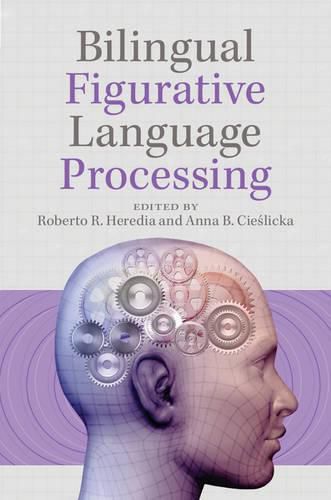Readings Newsletter
Become a Readings Member to make your shopping experience even easier.
Sign in or sign up for free!
You’re not far away from qualifying for FREE standard shipping within Australia
You’ve qualified for FREE standard shipping within Australia
The cart is loading…






Bilingual Figurative Language Processing is a timely book that provides a much-needed bilingual perspective to the broad field of figurative language. This is the first book of its kind to address how bilinguals acquire, store, and process figurative language, such as idiomatic expressions (such as kick the bucket), metaphors (such as lawyers are sharks), and irony, and how these tropes might interact in real time across the bilingual’s two languages. This volume offers the reader and the bilingual student an overview of the major strands of research, both theoretical and empirical, currently being undertaken in this field of inquiry. At the same time, Bilingual Figurative Language Processing provides readers and undergraduate and graduate students with the opportunity to acquire hands-on experience in the development of psycholinguistic experiments in bilingual figurative language. Each chapter includes a section on suggested student research projects. Selected chapters provide detailed procedures on how to design and develop psycholinguistic experiments.
$9.00 standard shipping within Australia
FREE standard shipping within Australia for orders over $100.00
Express & International shipping calculated at checkout
Bilingual Figurative Language Processing is a timely book that provides a much-needed bilingual perspective to the broad field of figurative language. This is the first book of its kind to address how bilinguals acquire, store, and process figurative language, such as idiomatic expressions (such as kick the bucket), metaphors (such as lawyers are sharks), and irony, and how these tropes might interact in real time across the bilingual’s two languages. This volume offers the reader and the bilingual student an overview of the major strands of research, both theoretical and empirical, currently being undertaken in this field of inquiry. At the same time, Bilingual Figurative Language Processing provides readers and undergraduate and graduate students with the opportunity to acquire hands-on experience in the development of psycholinguistic experiments in bilingual figurative language. Each chapter includes a section on suggested student research projects. Selected chapters provide detailed procedures on how to design and develop psycholinguistic experiments.